New Air Cooled Engine
#1
Some friends and I have been working on a modern version of the classic Porsche 6 cylinder air cooled engine. It should be in excess of 500 HP and quite light due to the extensive use of titanium, carbon fiber and other composites including aluminum metal matrix composites. Do you think that anyone else would be interested in such an engine?
#3
The basic reason for moving from an air cooled engine to a water cooled engine was for more even heat distribution throughout the engine. More even heat distribution means that internal stresses
due to localized hot spots within the engine are reduced, each cylinder is producing more equalized power and total engine longevity is increased with equal power. Porsche’s overhaul recommendation for its 450 rated HP last air-cooled Turbo-Charged racing engine on the 993 GT2’s was only 30 hours.
Furthermore, the large mechanically driven blowers required on air-cooled automobile engines require more parasitic power than the water cooling circulation pumps. Other than nostalgia and retro-fit applications, is the slight weight-saving of returning to air-cooled engines worth the trade-off of power and longevity?
due to localized hot spots within the engine are reduced, each cylinder is producing more equalized power and total engine longevity is increased with equal power. Porsche’s overhaul recommendation for its 450 rated HP last air-cooled Turbo-Charged racing engine on the 993 GT2’s was only 30 hours.
Furthermore, the large mechanically driven blowers required on air-cooled automobile engines require more parasitic power than the water cooling circulation pumps. Other than nostalgia and retro-fit applications, is the slight weight-saving of returning to air-cooled engines worth the trade-off of power and longevity?
#4
The basic reason for moving from an air cooled engine to a water cooled engine was for more even heat distribution throughout the engine. More even heat distribution means that internal stresses
due to localized hot spots within the engine are reduced, each cylinder is producing more equalized power and total engine longevity is increased with equal power. Porsche’s overhaul recommendation for its 450 rated HP last air-cooled Turbo-Charged racing engine on the 993 GT2’s was only 30 hours.
Furthermore, the large mechanically driven blowers required on air-cooled automobile engines require more parasitic power than the water cooling circulation pumps. Other than nostalgia and retro-fit applications, is the slight weight-saving of returning to air-cooled engines worth the trade-off of power and longevity?
due to localized hot spots within the engine are reduced, each cylinder is producing more equalized power and total engine longevity is increased with equal power. Porsche’s overhaul recommendation for its 450 rated HP last air-cooled Turbo-Charged racing engine on the 993 GT2’s was only 30 hours.
Furthermore, the large mechanically driven blowers required on air-cooled automobile engines require more parasitic power than the water cooling circulation pumps. Other than nostalgia and retro-fit applications, is the slight weight-saving of returning to air-cooled engines worth the trade-off of power and longevity?

#5
Even if reliability with similar Power is arguably close for both designs, I just don't
know why anyone would invest a small fortune in tooling a new Air cooled Engine design when many used rebuilt air-cooled Engines are available at far less cost.
#6
Saludos,
Eduardo
Carmel
Trending Topics
#8
Interesting and timely. I've been pondering doing something similar at some point, though it's a hell of a project very few can expect to pull off well. Robert would be one of those few.
As mentioned, thermal management is the critical issue for air cooled cars, however realize that the factory left significant room for improvement in this area. When the last air-cooled motors were designed critical technologies like CFD flow simulation were in their infancy, and essentially unavailable to Porsche's engineers. This, plus their relatively tight parts budget, made it very difficult to fundamentally address hot spots that limit engine output. Even so, Porsche was able to do significantly better than it might appear: the GT2 Evos with 30 hour rebuild schedules were in excess of 600 hp through restrictors; the very last 450 hp GT2 street motors had a much longer time between overhauls in their usage.
In the intervening two decades material technology has advanced and design tools have improved greatly. CFD can be used not only on the air side but the oil side: BMW motorcycles proved that 110 hp per liter can be exceeded in street usage using 4 valves per cylinder and air/oil cooling. Applying these and other lessons and technologies should allow significant advances over what has been achieved up to now.
Weight would be the main reason I'd personally look to pursue this path, and I wouldn't underestimate it. Great cars nearly all have great engines at their heart, and the measure of a great engine is power to weight ratio. A high power to weight ratio motor makes the rest of the car better, think CGT to McLaren F1 to E30 M3. In the case of a high HP 911 a reduction of over 150 lbs may be practical with this path, and that weight removed from the tail and nose (radiators) of the car would be enough to transform a 911's handling.
I'm interested to understand the philosophies being used with this new motor: race or street, forced induction or normally aspirated, "cost no object" or built to a power to weight target, building on existing Porsche designs or clean sheet? Depending on the answers to some of these questions I could be quite interested for another project, and would like to follow it either way.
You're thinking World Challenge and RSR motors with 2 ring pistons. The newer 3 ring cup motors are 60 hours, and that's conservative. Older 3 ring cup motors were longer.
As mentioned, thermal management is the critical issue for air cooled cars, however realize that the factory left significant room for improvement in this area. When the last air-cooled motors were designed critical technologies like CFD flow simulation were in their infancy, and essentially unavailable to Porsche's engineers. This, plus their relatively tight parts budget, made it very difficult to fundamentally address hot spots that limit engine output. Even so, Porsche was able to do significantly better than it might appear: the GT2 Evos with 30 hour rebuild schedules were in excess of 600 hp through restrictors; the very last 450 hp GT2 street motors had a much longer time between overhauls in their usage.
In the intervening two decades material technology has advanced and design tools have improved greatly. CFD can be used not only on the air side but the oil side: BMW motorcycles proved that 110 hp per liter can be exceeded in street usage using 4 valves per cylinder and air/oil cooling. Applying these and other lessons and technologies should allow significant advances over what has been achieved up to now.
Weight would be the main reason I'd personally look to pursue this path, and I wouldn't underestimate it. Great cars nearly all have great engines at their heart, and the measure of a great engine is power to weight ratio. A high power to weight ratio motor makes the rest of the car better, think CGT to McLaren F1 to E30 M3. In the case of a high HP 911 a reduction of over 150 lbs may be practical with this path, and that weight removed from the tail and nose (radiators) of the car would be enough to transform a 911's handling.
I'm interested to understand the philosophies being used with this new motor: race or street, forced induction or normally aspirated, "cost no object" or built to a power to weight target, building on existing Porsche designs or clean sheet? Depending on the answers to some of these questions I could be quite interested for another project, and would like to follow it either way.
You're thinking World Challenge and RSR motors with 2 ring pistons. The newer 3 ring cup motors are 60 hours, and that's conservative. Older 3 ring cup motors were longer.
Last edited by Petevb; 06-23-2014 at 08:46 PM.
#9
Some friends and I have been working on a modern version of the classic Porsche 6 cylinder air cooled engine. It should be in excess of 500 HP and quite light due to the extensive use of titanium, carbon fiber and other composites including aluminum metal matrix composites. Do you think that anyone else would be interested in such an engine?
You've already almost re-created the "modern version of a classic" with your America GS project. All you needed was an engine that was up to the level of the rest of the car.
I've long imagined how amazing a Singer by Cartridge Limited would be...
Someone please commission this car!!
Magnus Walker 911 on the Auction Block (post #20)
https://rennlist.com/forums/showthread.php?t=768940&referrerid=19642
I love what Singer is doing to the 964. I especially appreciate the detail and quality that goes into each car.
Since "Pagani-level" of design and construction has been discussed, I think it's only fair to mention Robert Linton's creation, America GS 3.8 Hardtop Roadster. As you'll quickly see, it's definitely at Pagani's level. I think Robert Linton was quoted as saying he could get a 964 down to 1,700 lbs!
I've long wanted to introduce Mr. Linton to Mr. Dickinson... a 1,700 lbs. "Cartridge Limited" Singer, would be the ultimate reimagined 911! (and the first $1,000,000 Singer also)
Component group by component group has been documented in this wonderful thread: America GS Consolidated Thread.

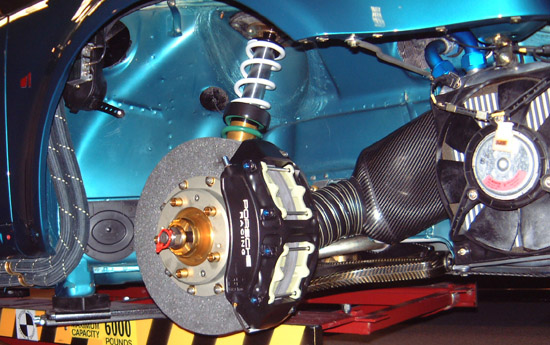
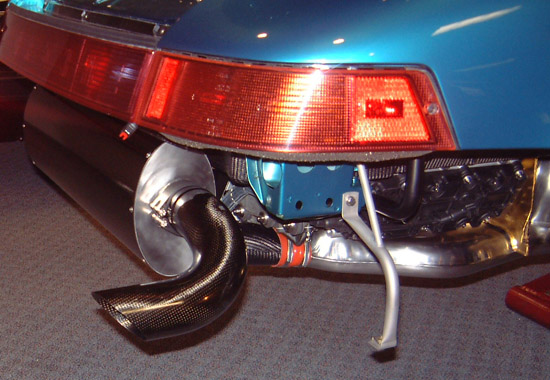

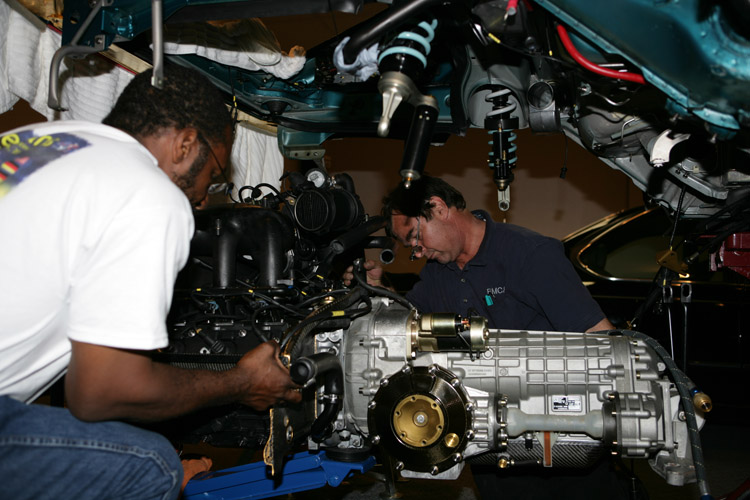
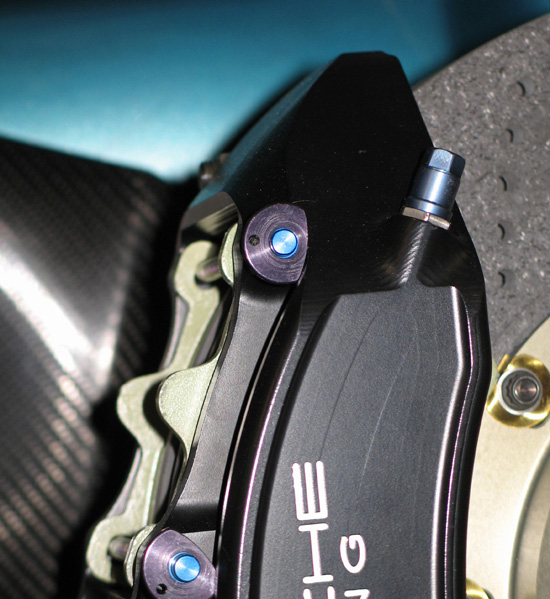
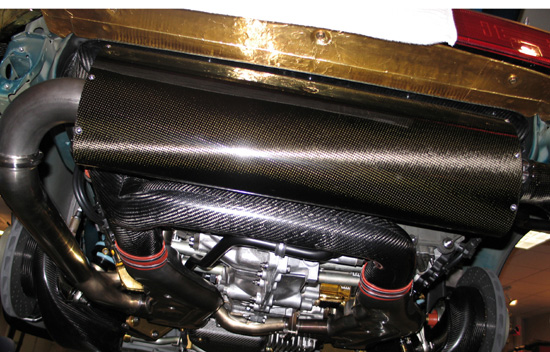
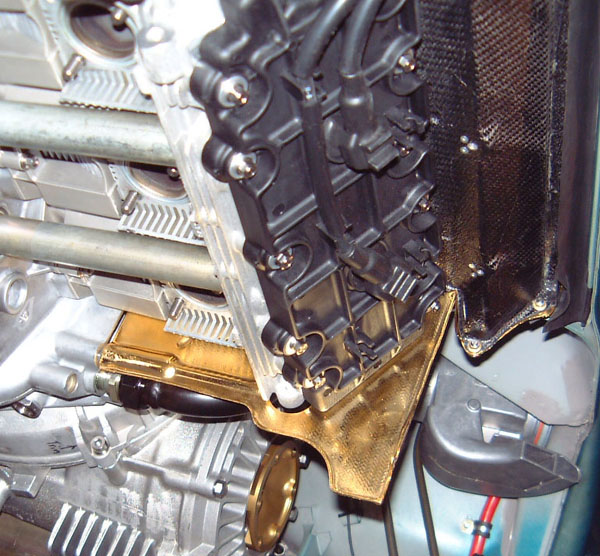
Since "Pagani-level" of design and construction has been discussed, I think it's only fair to mention Robert Linton's creation, America GS 3.8 Hardtop Roadster. As you'll quickly see, it's definitely at Pagani's level. I think Robert Linton was quoted as saying he could get a 964 down to 1,700 lbs!
I've long wanted to introduce Mr. Linton to Mr. Dickinson... a 1,700 lbs. "Cartridge Limited" Singer, would be the ultimate reimagined 911! (and the first $1,000,000 Singer also)
Component group by component group has been documented in this wonderful thread: America GS Consolidated Thread.








#10
From another thread:
Over the top... Perhaps not practical enough for what I'd have in mind, but it sounds epic...
#11
I'm not quite sure how to put this without sounding dismissive, but compared to Robert's car the Singer is a simple styling exercise. The America GS really on an entirely different level, to the point that I'd personally try not to put it in the same sentence with any other efforts I can think of...
Over the years many people have asked about acquiring American GS parts that Mr. Linton has graciously displayed in various forum posts. Invariably the cost or production numbers haven't made that feasible for most 964 owners to acquire.
Singer vehicles opens up a whole new market segment for these 964 products... A Singer with carbon fiber suspension and brakes sounds pretty good to me.
The quality of execution is one thing they both have in common (and a thing for 964s also).
...I just see a really interesting synergy here.
#12
Sorry for the omission. I never owned a Cup Car and my GT2 Engine actually went 50 hours before breaking, but at $75K for OH, plus $25K for Tranny OH it made a very expensive Track Toy. I've been very impressed with the general reliability of the later water-cooled higher HP street Engines being tracked. Despite a relatively small number of failed Engines and a few chronic problem areas, the Porsche Engines, both water and air cooled, IMHO have been far more reliable than competitor's Engines when tracked extensively.
Even if reliability with similar Power is arguably close for both designs, I just don't
know why anyone would invest a small fortune in tooling a new Air cooled Engine design when many used rebuilt air-cooled Engines are available at far less cost.
Even if reliability with similar Power is arguably close for both designs, I just don't
know why anyone would invest a small fortune in tooling a new Air cooled Engine design when many used rebuilt air-cooled Engines are available at far less cost.
And nothing sounds like an air-cooled six, NA or turbocharged.
#13
At an equal (relatively high) power level they are absolutely less reliable. Today a 400 hp normally aspirated air cooled motor can't last half as long (time between rebuilds, etc) as an equally built water cooled motor. Not even close.
#14
OEM Porsche Air cooled Turbocharged engines have been extremely durable and reliable.
for example an OEM 3.6 turbo engine easily runs 550 hp with modern fueling,ECU and bolt on mods like exhaust , turbos and intercooler .
All of this with stock internals.
I'd say that is a pretty good . for this" antiquated design."
Elliot
for example an OEM 3.6 turbo engine easily runs 550 hp with modern fueling,ECU and bolt on mods like exhaust , turbos and intercooler .
All of this with stock internals.
I'd say that is a pretty good . for this" antiquated design."
Elliot
#15
OEM Porsche Air cooled Turbocharged engines have been extremely durable and reliable.
for example an OEM 3.6 turbo engine easily runs 550 hp with modern fueling,ECU and bolt on mods like exhaust , turbos and intercooler .
All of this with stock internals.
I'd say that is a pretty good . for this" antiquated design."
Elliot
for example an OEM 3.6 turbo engine easily runs 550 hp with modern fueling,ECU and bolt on mods like exhaust , turbos and intercooler .
All of this with stock internals.
I'd say that is a pretty good . for this" antiquated design."
Elliot
For a case in support of the technical (as opposed to historic or anesthetic) merits of air cooled motors I'd look at the power to weight ratio of the engine, including the cooling system, on a 993 GT2 EVO vs more modern 911s...
Last edited by Petevb; 06-26-2014 at 02:43 AM.


